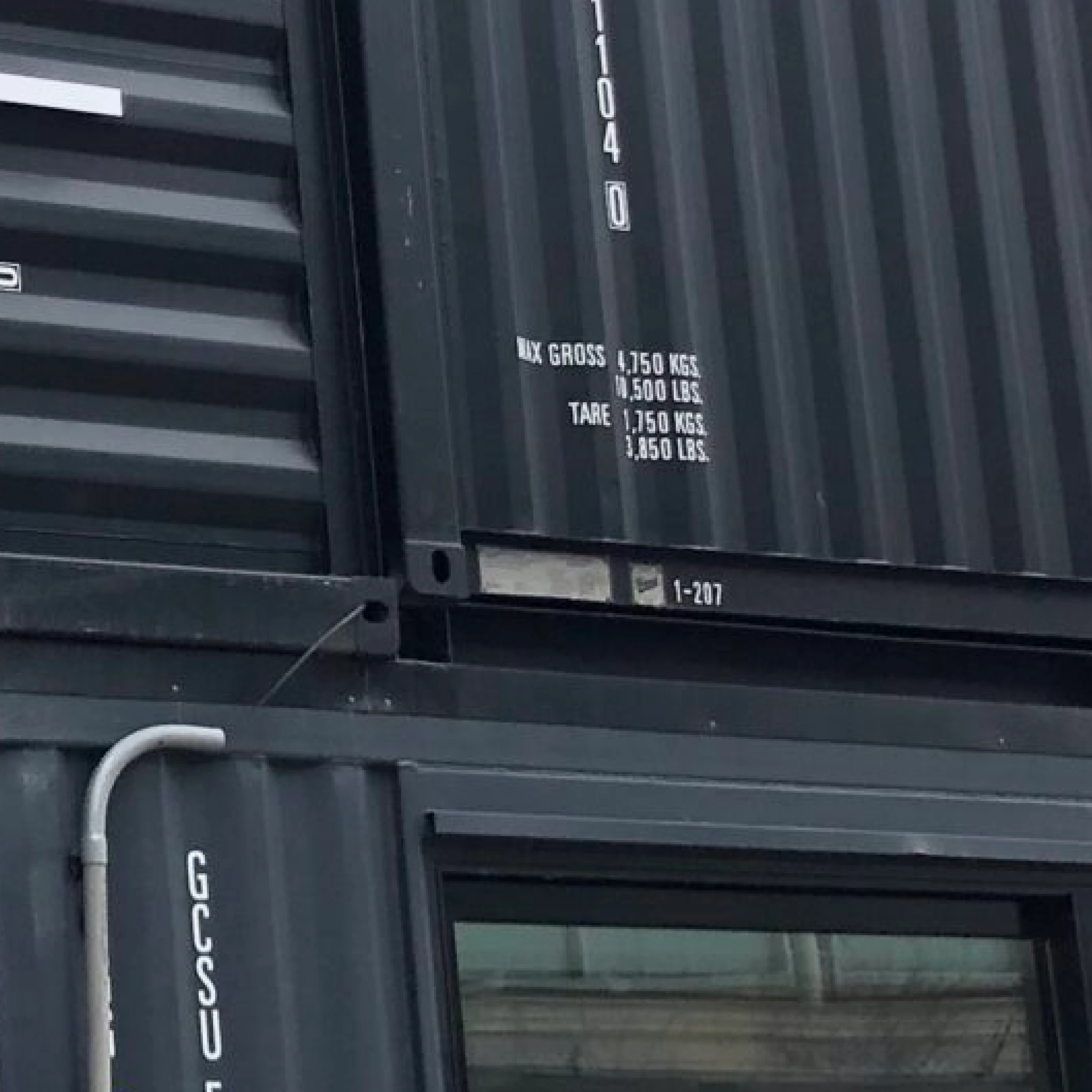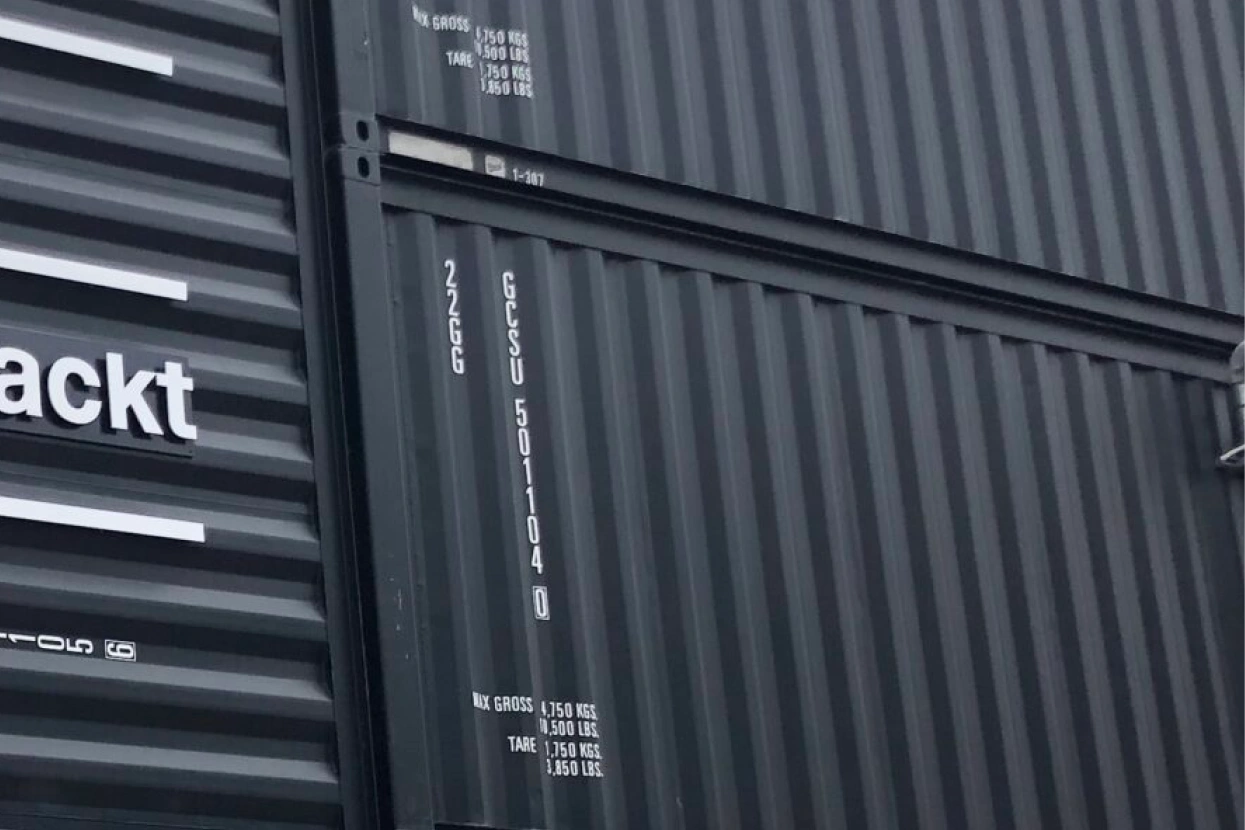Shipping Containers: The Versatile Building Blocks of Modular Structures


In the world of architecture and construction, innovation never sleeps. With the increasing demand for sustainable and cost-effective building solutions, architects and builders are constantly searching for versatile materials that can be easily adapted to various needs. One such innovative solution is the use of shipping containers as the building blocks for modular structures. In this blog, we will explore how shipping containers are easily configurable for modular structures and how they are changing the way we think about construction.
The Rise of Modular Construction
Modular construction, also known as prefab or off-site construction, has gained immense popularity in recent years due to its numerous advantages. Modular structures are built in sections or modules off-site and then transported to the construction site for assembly. This approach offers several benefits, including reduced construction time, cost savings, and improved quality control. Among the many materials used for modular construction, shipping containers have emerged as a standout choice.
The Versatility of Shipping Containers
Shipping containers have long been associated with the transportation of goods across the globe. However, their transformation into versatile building components is a testament to human ingenuity and adaptability. Here's why shipping containers are easily configurable for modular structures:
- Standardization: Shipping containers come in standard sizes, making them ideal for modular construction. The most common sizes are 20 feet and 40 feet in length, with standardized heights and widths. This uniformity simplifies the design and assembly process, allowing architects and builders to create modular structures with ease.
- Structural Integrity: Shipping containers are designed to withstand the rigors of long-distance transportation, making them inherently robust. Their steel frames provide excellent structural integrity, ensuring the safety and durability of modular buildings.
- Mobility: Shipping containers are designed for easy transportation. They can be readily moved by trucks, ships, or trains, making it possible to construct modular buildings in various locations, including remote or challenging environments.
- Customizability: While shipping containers have a standardized exterior, their interiors can be customized to suit specific needs. This flexibility allows for the creation of diverse modular structures, from offices and housing units to retail spaces and educational facilities.
Applications of Shipping Container Modular Structures
The adaptability of shipping containers has led to a wide range of applications for modular structures. Here are some examples:
- Affordable Housing: Shipping container homes have become a cost-effective solution for affordable housing projects. These compact and efficient living spaces are gaining popularity in urban areas facing housing shortages.
- Office Spaces: Businesses are increasingly turning to shipping container offices for their flexibility and modern aesthetic. Container offices can be designed with open floor plans or divided into private workspaces.
- Retail Pop-Up Shops: Shipping container pop-up shops provide a trendy and mobile retail solution. They can be transported to different locations for temporary retail events or permanent installations.
- Educational Facilities: Schools and educational institutions are using shipping containers to create classrooms, libraries, and learning centers. These modular structures can be quickly assembled to accommodate growing student populations.
- Disaster Relief and Emergency Shelters: Shipping containers can be rapidly deployed as emergency shelters in the aftermath of natural disasters. Their durability and mobility make them invaluable for humanitarian efforts.
Shipping containers have transitioned from their primary role as cargo carriers to versatile building components for modular structures. Their standardization, structural integrity, mobility, customizability, and sustainability have made them a game-changer in the construction industry. As architects and builders continue to explore innovative solutions for sustainable and cost-effective construction, shipping containers are likely to remain at the forefront of modular construction, shaping the future of architecture and design.
Need some more inspiration?
Check out our recent projects




